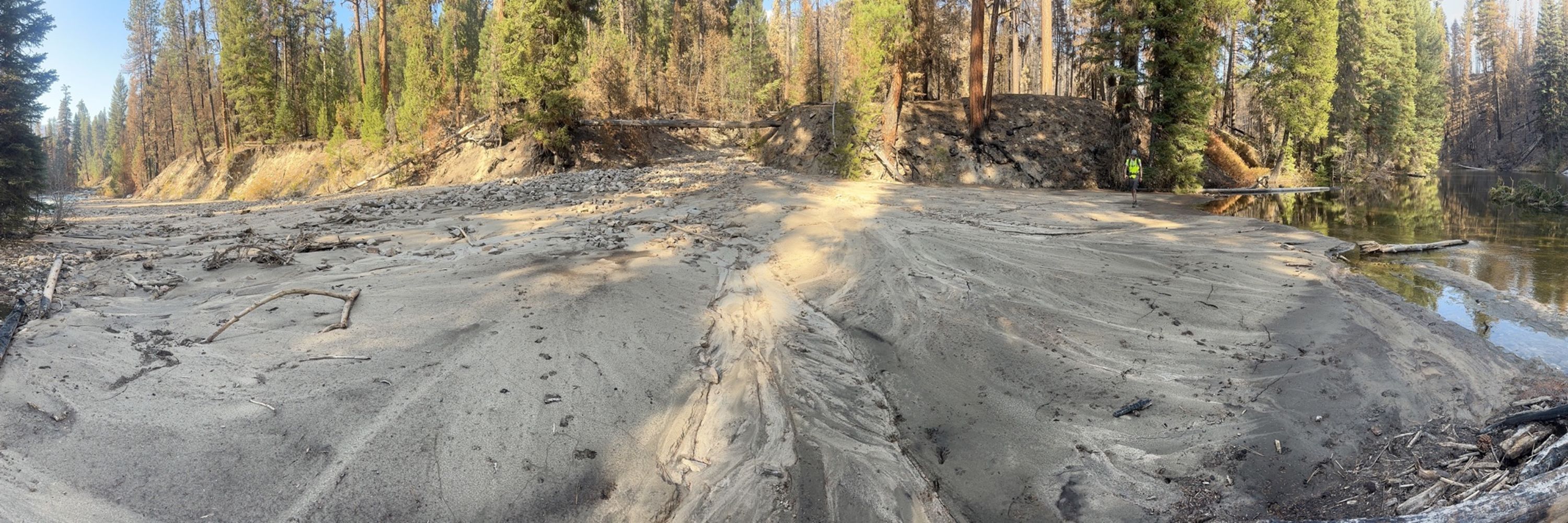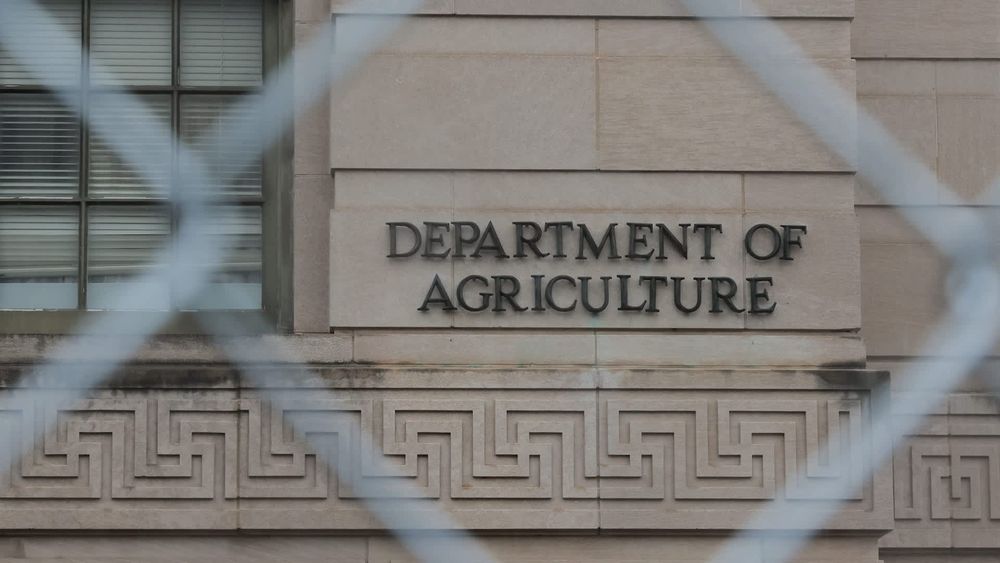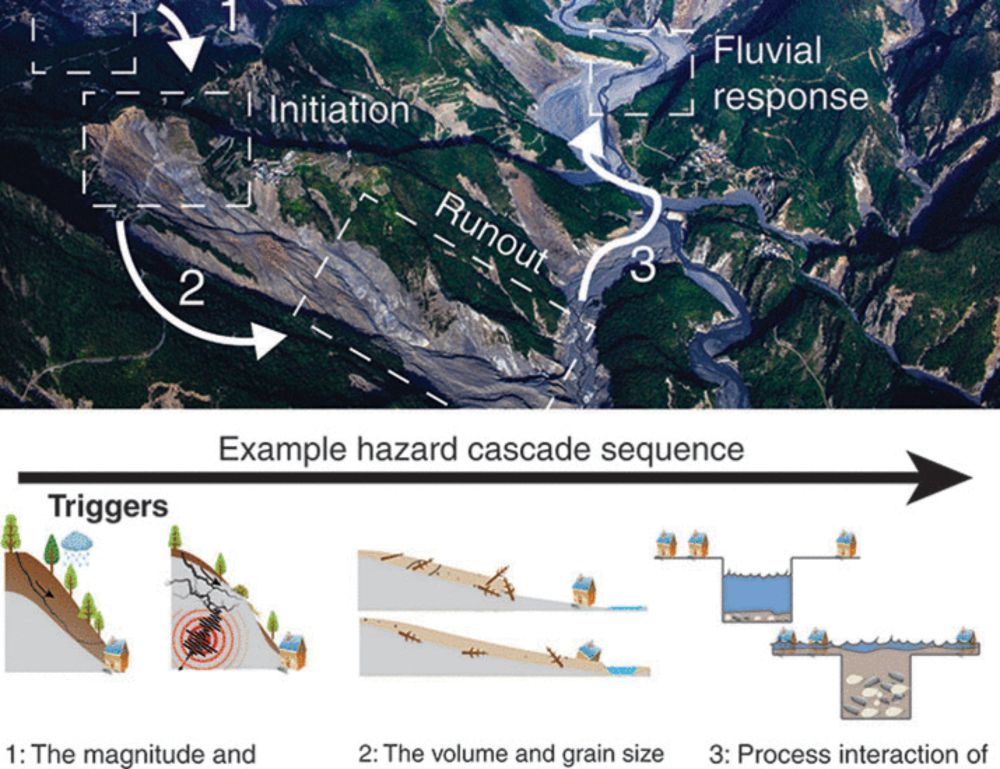Dr. Dave Huber, Soil Scientist 🔥
@dphuber.bsky.social
2.7K followers
760 following
91 posts
Soils, agriculture, & ecosystems. I study dryland carbon & nutrient cycling, hydrology, fire ecology, & invasive species. Birthdate = -7.36‰. Views my own.
Posts
Media
Videos
Starter Packs
Reposted by Dr. Dave Huber, Soil Scientist 🔥
Reposted by Dr. Dave Huber, Soil Scientist 🔥
Reposted by Dr. Dave Huber, Soil Scientist 🔥
Colin Schultz
@colinschultz.bsky.social
· Jul 23

Science philanthropy faces a new reality
As the ground under American science shifts in troubling and unpredictable ways, questions have arisen as to how philanthropies should respond. Having recently led a private foundation that supports s...
www.science.org
Reposted by Dr. Dave Huber, Soil Scientist 🔥
Colin Schultz
@colinschultz.bsky.social
· Jul 23

A New Generation of Tiny Tracking Tags Offers a Fresh Look at the Lives of Little Fish
Researchers at the Department of Energy’s Pacific Northwest National Laboratory have developed a tag the size of a grain of rice that can also work underwater
www.smithsonianmag.com
Reposted by Dr. Dave Huber, Soil Scientist 🔥
Cameron Thrash
@jcamthrash.bsky.social
· May 19

Patchy burn severity explains heterogeneous soil viral and prokaryotic responses to fire in a mixed conifer forest | mSystems
The impact of fire on the soil microbiome, particularly on understudied soil viral communities, warrants investigation, given known microbial contributions to biogeochemical processes and ecosystem recovery. Here, we collected 120 soil samples before and ...
journals.asm.org
Idaho Statesman
@idahostatesman.com
· Jun 27

Could Idaho sugarbeets help save taxpayer money on cement? ITD officials want to try
Idaho State University researchers will partner with the Idaho Transportation Department to develop and test “Sweetcrete,” a new concrete made from a sugarbeet waste product.
bit.ly
Reposted by Dr. Dave Huber, Soil Scientist 🔥
Reposted by Dr. Dave Huber, Soil Scientist 🔥
Reposted by Dr. Dave Huber, Soil Scientist 🔥
Reposted by Dr. Dave Huber, Soil Scientist 🔥
Michael E. Mann
@michaelemann.bsky.social
· May 29
Reposted by Dr. Dave Huber, Soil Scientist 🔥
Reposted by Dr. Dave Huber, Soil Scientist 🔥
Reposted by Dr. Dave Huber, Soil Scientist 🔥


![Comic. [3-column table with headers Period, My Favorite Part, and My Biggest Complaint] [Row 1] P: *Precambrian*, MFP: Life develops, MBC: Snowball Earth episodes [Row 2] P: Cambrian, MFP: Trilobites!, MBC: Evolution could stand to calm down a little [Row 3] P: Ordovician, MFP: Earth might have had rings, MBC: Scary volcanic eruption in North America [Row 4] P: Silurian, MFP: First land animals, MBC: Earth’s newfound mold problem [Row 5] P: Devonian, MFP: Big mountains in Boston, MBC: Yeah, sure, what those giant killer fish needed was *armor* [Row 6] P: Carboniferous, MFP: Cool forests, MBC: Bugs too big [Row 7] P: Permian, MFP: Pangea, MBC: Google “The Great Dying” [Row 8] P: Triassic, MFP: Tanystropheus [dinosaur with extremely long neck next to tiny person for scale], MBC: Damage to Canada still visible from space at Manicouagan [Row 9] P: Jurassic, MFP: Birds, MBC: Parasitoid wasps [Row 10] P: Cretaceous, MFP: Raptors, MBC: Raptors [Row 11] P: Paleogene, MFP: Pretty horseys!!!, MBC: Paleocene-eocene thermal maximum [Row 12] P: Neogene, MFP: Forests of *Dracaena* Dragonblood Trees, MBC: Zanclean Flood [Row 13] P: Quaternary, MFP: Burrito invented, MBC: Whoever picked this name for the third period of the Cenozoic](https://cdn.bsky.app/img/feed_thumbnail/plain/did:plc:cz73r7iyiqn26upot4jtjdhk/bafkreifyh56h2dhfnxxuarc6hspobseq6jzurt7mnkuo3dkvlkyrw6e76i@jpeg)




















